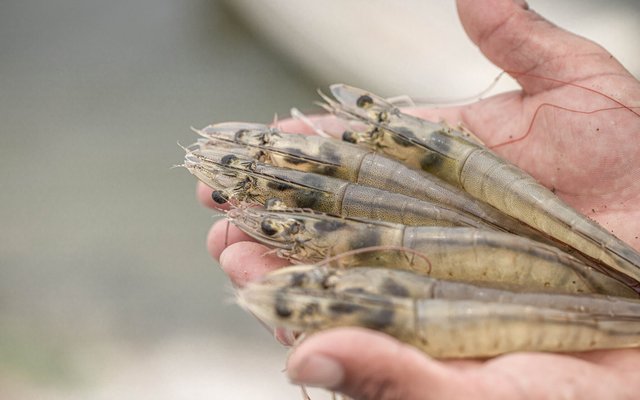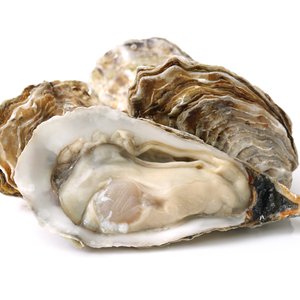Ecuador’s National Chamber of Aquaculture (CNA) recently revealed that the shrimp sector lost nearly USD 1.5 billion in 2023 with a drop in international shrimp prices, which reached values even lower than those recorded during the COVID-19 pandemic. Exports decreased by 6% in 2023, according to CNA, with losses that exceed USD 370 million compared to 2022. Both internal and external factors impacted these values.
External factors
The world economy is going through economic stagnation with global inflation, which results in a loss of purchasing power and therefore a decrease in demand for certain products, not considered essential. The main destinations for Ecuadorian shrimp are China (59%), the United States (17%), Spain (5%), France (3%) and Italy (3%).
“China registers a depreciation of the yuan (RMB) exchange rate against the American dollar (USD), which causes Chinese importers to have fewer dollars available to purchase the product, which deteriorates their consumption capacity. On the other hand, it becomes more expensive for the Chinese importer to maintain the inventory of imported frozen products, like ours, which also discourages the purchase as there are no favorable prospects regarding consumption,” CNA reported.
In the United States, there is a 12% drop in seafood consumption generated by inflation levels, to which is added the increase in interest rates and high energy costs.
“On the other hand, competition is gaining ground. India and Vietnam are the second and third largest shrimp producers in the world, respectively. These countries have several advantages over Ecuador. Lower salaries, promotion policies and their own currency that they can devalue at will,” CNA said.
Another factor that affects the sector's losses is that the shrimp industry has faced challenges in terms of competitiveness due to the significant constant increase in operating costs in Ecuador, among which are the price of fuel and the increase in raw materials used throughout the shrimp value chain.
Internal factors
Costs related to production, processing and marketing throughout the shrimp value chain have increased significantly this year by an additional USD 0.28 for each pound produced compared to 2022 costs.
This is primarily because annual spending of approximately USD 80 million on security represents a considerable financial burden on the industry, highlighting the need for significant investments to safeguard operations and assets. The year closes with a total of 77 criminal incidents against the shrimp sector, resulting in 58 people injured and four fatalities, according to figures from the Security Directorate of CNA.
Added to this are the constant increase in operating costs, including the new costs after the elimination of the differentiated price of diesel, the foreign exchange outflow tax (ISD) and the value-added tax (VAT) for inputs and goods, which constitute additional fiscal burdens for the sector and the increase in the price of raw materials used throughout the shrimp value chain.
“Faced with this scenario of falling prices and increasing costs, the shrimp sector has experienced a liquidity loss of USD 0.98 for each pound produced, which has seriously affected its profitability,” CNA reported.
“It is imperative that the Ecuadorian government focus its efforts on combating crime and reducing costs. The CNA, on behalf of the shrimp sector, reiterates its commitment to continue working with the public sector to seek alternatives that guarantee the development of the aquaculture sector, which has become a vital union for the socioeconomic stability of the country, due to its generation of more than 290,000 direct and indirect employment places,” CNA concluded.













